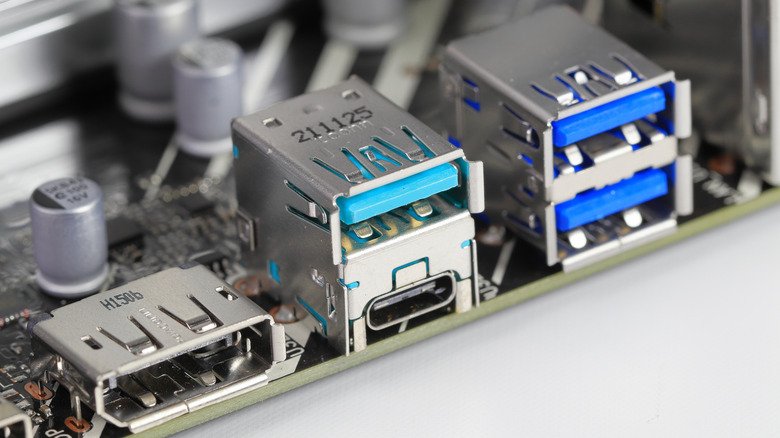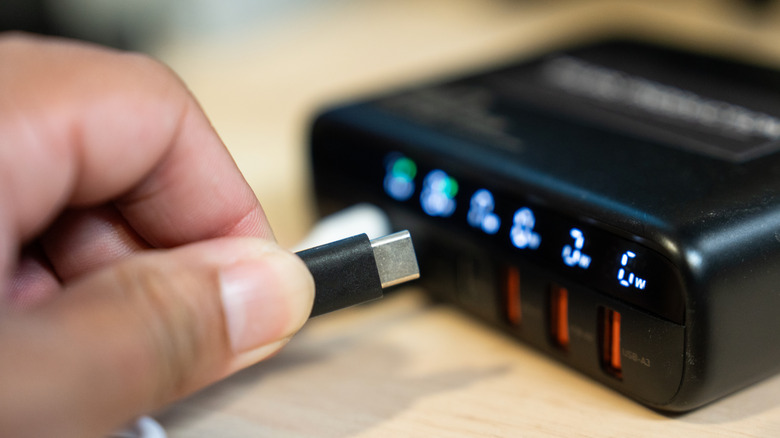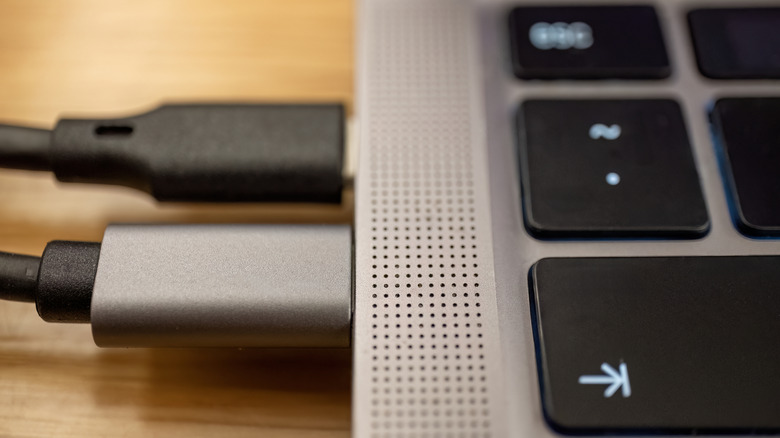Since 1996, we’ve had USB — short for Universal Serial Bus. This widely-used tech is integrated into countless gadgets such as mobile phones, PCs, gaming systems, e-readers, you name it. Back before USB became commonplace, anyone trying to hook up external components to their machine could tell tales of woe. Troubles usually stemmed from inconsistent protocols across manufacturers and the scarcity of port options at the time. The advent of USB version 1.0 aimed specifically to address these very issues.
Fast-forward a few decades, and the norm has dramatically transformed. Several generations must now be taken into account when considering this evolution.
history of USB
Although many people today are familiar with USB technology, there remains considerable confusion about the various versions. A common area of uncertainty involves distinguishing between USB 3.2 Gen 1 and Gen 2. Despite their shared “USB 3.2” label, these two specifications have a notable distinction: their data transfer speeds. Specifically, Gen 2 significantly doubles the speed compared to Gen 1.
Read more:
5 Essential USB-C Accessories for Every MacBook Owner
USB 3.2 – A Confusing Lineage

The narrative around USB ought to be uncomplicated: after USB 1 emerged, USB 2 succeeded it, and subsequently, in 2008, USB 3.0 was introduced. This sequence remains clear enough; however, the introduction of USB 3.2 complicates matters somewhat. Initially labeled as both USB 3.0 and USB 3.1 Gen 1, USB 3.2 Gen 1 boasts a peak data transmission capacity of 5 gigabits per second (Gbps) and offers three connection types: USB-A, Micro-USB, and USB-C. In contrast, the more advanced Gen 2 variant doubles this speed at 10 Gbps, maintaining compatibility across the same set of interfaces. The key distinction here lies in their differing speeds—Gen 2 being twice as fast as its predecessor.
If you’re still with me, get ready because here’s some additional information. There are four versions of the USB 3.2 standard in total. Two of them include USB 3.2 Gen 1×2 and USB 3.2 Gen 2×2. These two types utilize solely the USB-C connector and provide data transfer rates of 10 gigabits per second and 20 gigabits per second, correspondingly. We have the USB Implementers Forum (USB-IF) to thank for clarifying this complex topic; they manage the upkeep of the USB specifications as well as ensure compliance.
What’s In A Name? – The Tale of USB 3.2

Initially, when envisioning the USB 3.2 standard, the USB-IF aimed to adopt a nomenclature distinct from numerical designations and generations. They proposed using terms deemed more descriptive instead. Under their initial proposal, USB 3.1 Gen 1 (also known as USB 3.2 Gen 1) was meant to be referred to as simply SuperSpeed USB, whereas USB 3.1 Gen 2 (or USB 3.2 Gen 2) would go by SuperSpeed USB+. It remains debatable whether these labels would have provided greater clarity since such terminology failed to gain acceptance among manufacturers. Additional suggestions included labeling USB 3.2 Gen 2 as SuperSpeed USB 10 Gbps and referring to USB 3.2 Gen 2×2 as SuperSpeed USB 20 Gbps.
The positive development is that the age of USB 3.2 has ended now that we’re transitioning into the advanced stage of USB 4. Launched in 2019, this new standard is limited to the more compact formats.
more capable USB-C interface
And it leverages Intel’s Thunderbolt technology. Boasting speeds of up to 40 Gbps, this new standard once more achieved the remarkable accomplishment of doubling data transfer rates compared to its predecessor. Thus far, the USB Implementers Forum (USB-IF) has maintained consistency with their nomenclature for USB 4, designating the newest iteration as just the latest generation.
USB 4 Version 2
. This iteration of the standard brought another doubling of transfer rates to 80 Gbps — another impressive achievement, but let’s just hope the naming committee doesn’t get nostalgic and try to call it “SuperSpeed USB++ Ultra Max Pro USB4.”
Interested in keeping up with the newest technology and automotive developments?
Sign up for our complimentary email newsletter.
For the most recent news updates, detailed guidebooks, and practical advice, delivered once via email.
Read the
original article on
.





